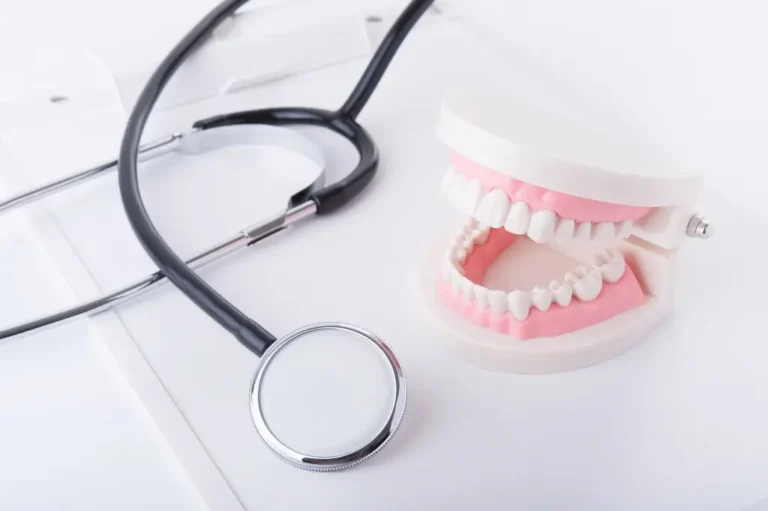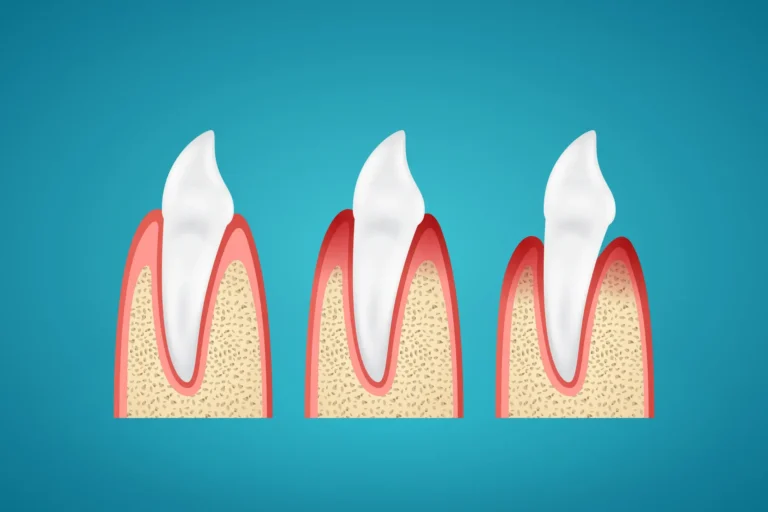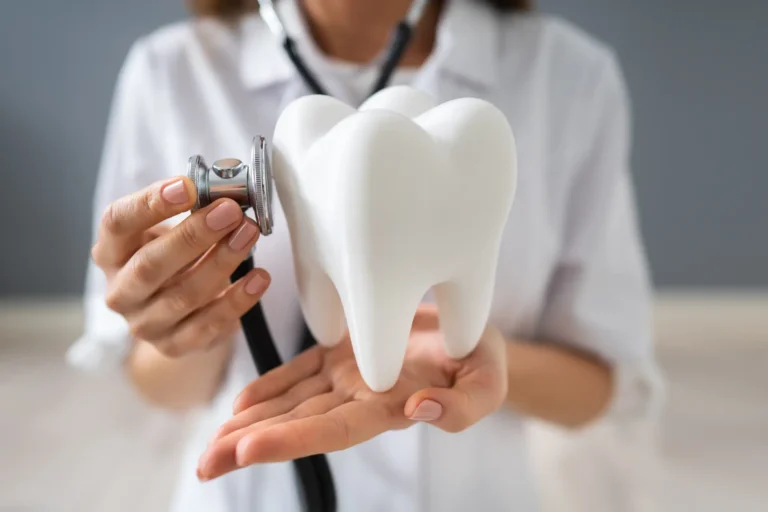Cracked, chipped, or discolored teeth are surprisingly common – studies show 34 to 74% of adults aged 30-50 experience them. Fortunately, dental or teeth bonding offers a convenient solution to restore your smile.
This post provides everything you need to know about achieving a confident smile with teeth bonding.
What Tooth or Dental Bonding Means
Tooth bonding, or dental bonding, is a cosmetic dental procedure that addresses issues like:
- chipped teeth
- cracked teeth
- discolored teeth
This procedure also addresses gaps between teeth and can be a great way to correct the length of a shorter tooth. It involves using a resin that blends seamlessly with your natural tooth color, restoring its appearance.
Opting for tooth bonding, even for small chips, goes beyond cosmetic reasons. It plays a vital role in not just improving your smile but also keeping your oral health in check.
Fixing chips and cracks helps you maintain proper chewing function and prevents potential damage that could harm nearby teeth.
Is Teeth Bonding Right for You?
Dental bonding can be a fantastic way to give your smile a quick and affordable makeover, but is it the right choice for you? Let’s explore who typically benefits most from this versatile procedure:
- Cracked or chipped teeth: Dental bonding repairs tiny tooth fractures, restoring your smile’s natural beauty.
- Gapped teeth: If you are uncomfortable with gapped teeth, you can say goodbye to those unwanted spaces by bonding your teeth. Bonding bridges the gap between your teeth for a better smile.
- Short teeth: If some of your teeth are shorter than others, bonding can add a little extra length for a more balanced look.
- Protecting exposed tooth roots: Receding gums can leave tooth roots vulnerable. Bonding can cover and protect them.
Before, During, and After the Teeth Bonding Procedure
What exactly happens before, during, and after the procedure? Let’s break it down step-by-step so you know what to expect.
Before the Bonding
You and your dentist must undertake some actions before the procedure. These are:
Consultation
You and your dentist discuss your needs and goals and whether bonding is the right fit. They’ll examine your teeth and take X-rays to ensure your oral health is good for the procedure.
Color Match
Your dentist picks a resin shade that perfectly matches your natural tooth color so the bonding will blend with the rest of your teeth.
Prep Time
Your dentist simply roughens the tooth’s surface slightly to help the bonding grip better.
During the Bonding
After preparing for the procedure, here’s how your dentist gives you bonded teeth.
Applying the Resin
Your dentist applies the resin in layers, sculpting it to the desired shape. Then, a special light hardens each layer, bonding it to your tooth.
Finishing Touches
Once all the layers harden, your dentist polishes the bonded area for a smooth, natural finish.
Smile Check and Questions
After the procedure, your dentist will answer any questions you have and provide aftercare instructions. This ensures you’re not overwhelmed in the first few days after the procedure.
After the Bonding
After the procedure, here’s what you should prepare for.
Sensitivity is Normal
Feeling some sensitivity in the bonded teeth for a few days is common. Over-the-counter pain relievers can help.
Brush and Floss Gently
Stick to soft-bristled brushes and gentle flossing around the bonded teeth to avoid irritation.
Steer Clear of Stains
Coffee, tea, and tobacco can stain the bonding. Limit these or rinse your mouth well after indulging.
Schedule Checkups
Regular dental cleanings are key to keeping your bonded smile sparkling and healthy, and with proper care, your bonded smile can last 3-10 years.
What Is the Duration of a Teeth Bonding Procedure?
The great thing about dental bonding is that it’s usually a speedy and efficient process.
Minor fixes like chips or gaps take about 30 minutes per tooth. If you need more extensive work, like closing multiple gaps or reshaping teeth, it might take closer to an hour per tooth.
In many cases, you can leave with a repaired smile after just one visit! The exact time can vary based on your specific needs, but your dentist will provide a precise estimate during your consultation, allowing you to plan accordingly.
Pros and Cons of Teeth Bonding
Here’s a closer look at the pros and cons of teeth bonding to help you decide if it’s the right choice for you.
Pros of Teeth Bonding
- Quick and easy fix: Dental bonding is typically a one-visit procedure. The dentist simply applies a tooth-colored resin to your tooth and completes other procedures in 30 minutes or an hour.
- Natural-looking results: Your dentist will ensure that the resin matches the exact shade of your teeth, making the bonding virtually undetectable. No one needs to ever know you had work done.
- Minimal tooth removal: Dental bonding is minimally invasive, unlike crowns or veneers, which require removing some of your natural tooth structure. The dentist only needs to roughen the surface of your tooth for the resin to adhere properly.
- Cost-effective option: Dental bonding is generally much cheaper than other cosmetic dentistry procedures, making it an attractive option if you’re budget-conscious.
- Versatile treatment: Bonding can address various dental concerns, from chips and cracks to gaps and discoloration. It’s a one-stop solution for a brighter, more even smile.
- Painless procedure: In most cases, dental bonding doesn’t require anesthesia. You might feel some slight pressure or sensitivity, but it’s typically not painful.
Cons of Teeth Bonding
- Not as durable as other options: Dental bonding isn’t as strong as crowns or veneers, so it’s more prone to chipping or breaking. It may also need replacements more frequently than other procedures.
- Staining prone: The resin can stain over time, especially from coffee, tea, and tobacco. However, good oral hygiene and regular dental cleanings can help minimize staining.
- May not be suitable for extensive repairs: If you have a large chip or crack, dental bonding may not be the best option. Your dentist may recommend a more durable treatment, such as a crown.
- Requires careful aftercare: To prolong the life of your bonding, you’ll need to avoid hard foods, chewing ice, and using your teeth as tools.
- Not as effective for deep discoloration: For severe discoloration, bonding may not be enough. Teeth whitening or other cosmetic procedures may be necessary.
- Can be time-consuming to repair: If your bonding does chip or break, it will need replacement by a dentist. This can be a time-consuming and costly process.
Wrapping Up
Teeth bonding is a valuable option if you want a non-invasive yet effective way to improve your smile. However, remember the first step is consulting a qualified dentist.
Advanced Dental Arts has a team of qualified dentists ready to sit with you and recommend the best procedure based on your needs and goals.
Schedule an appointment today.






